NATO Days 2021 - Leoš Janáček Airport Ostrava / Czech Republic
Update: 2021/12/12 by Robert Kysela / CHK6
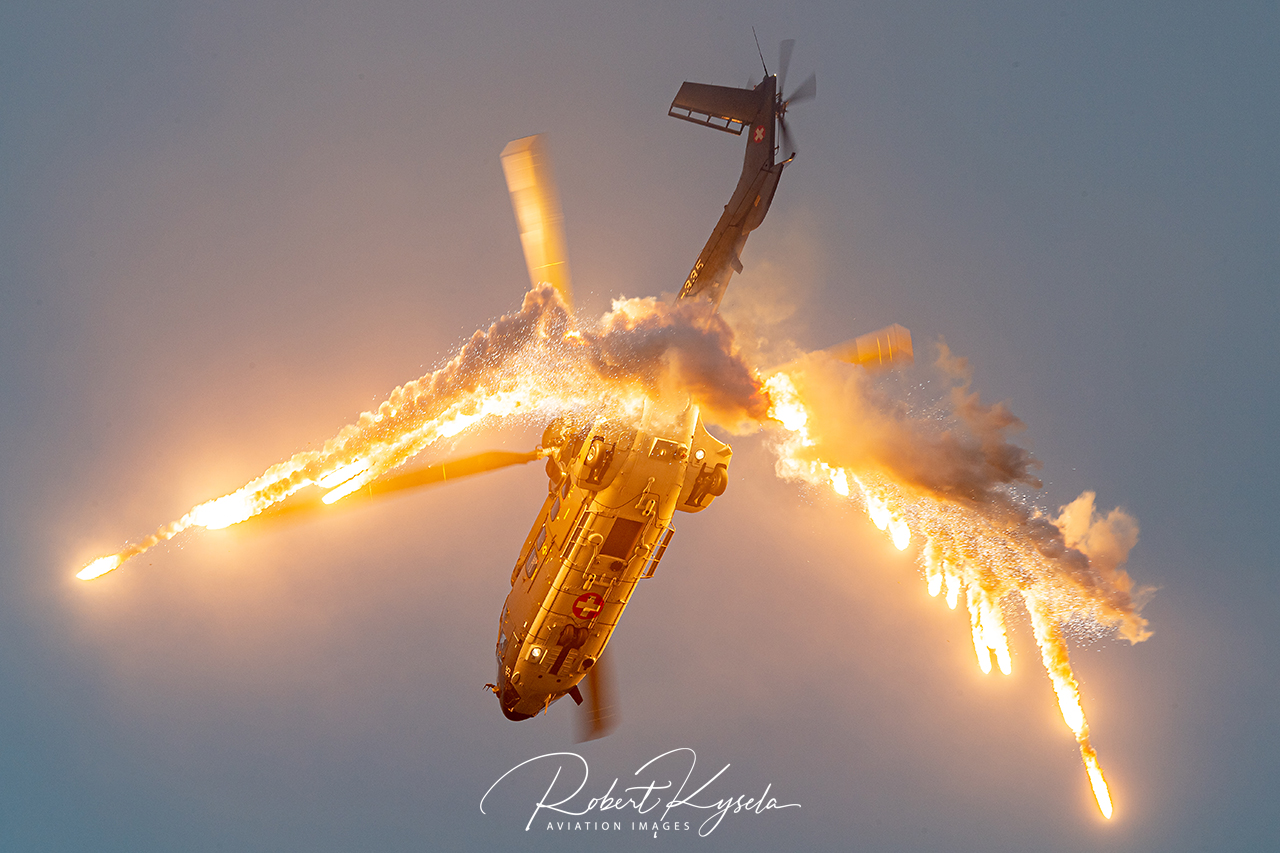
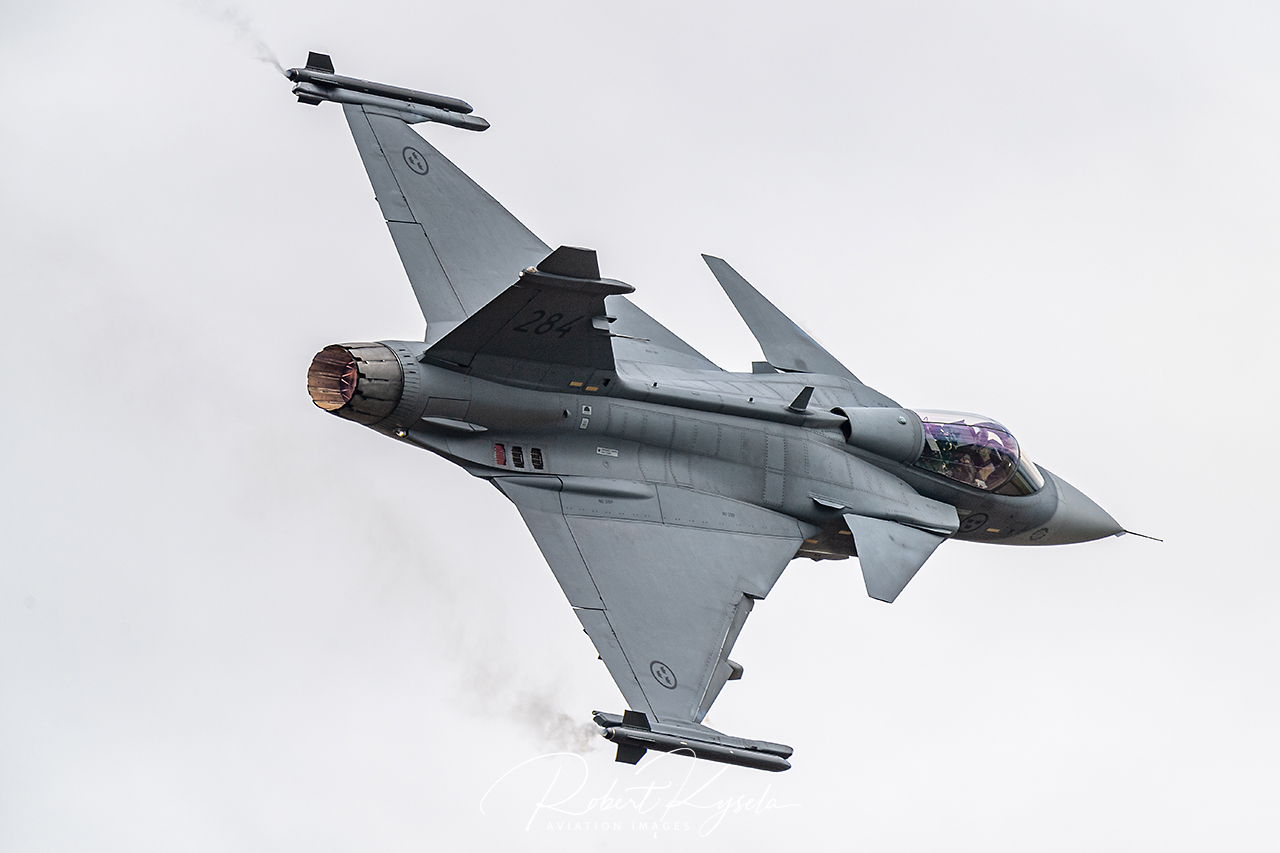
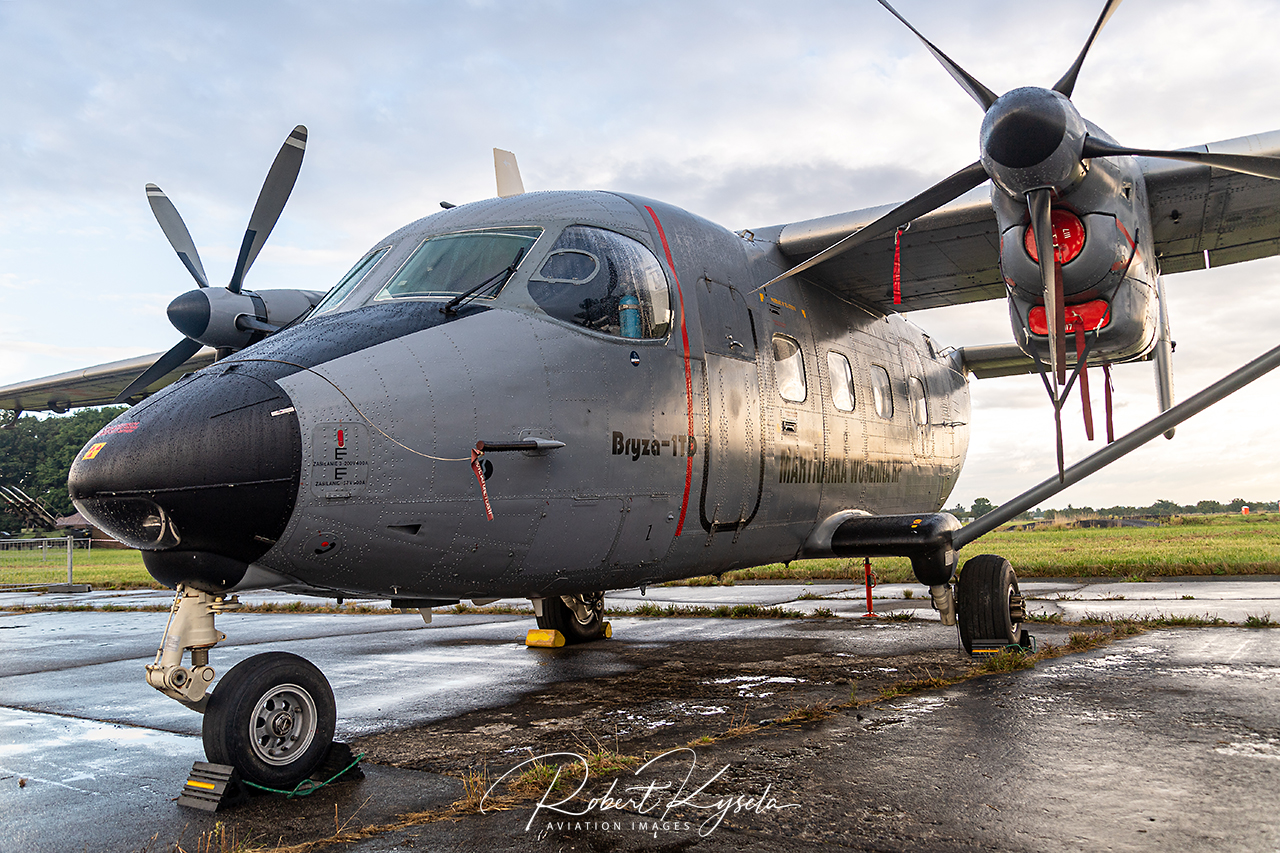
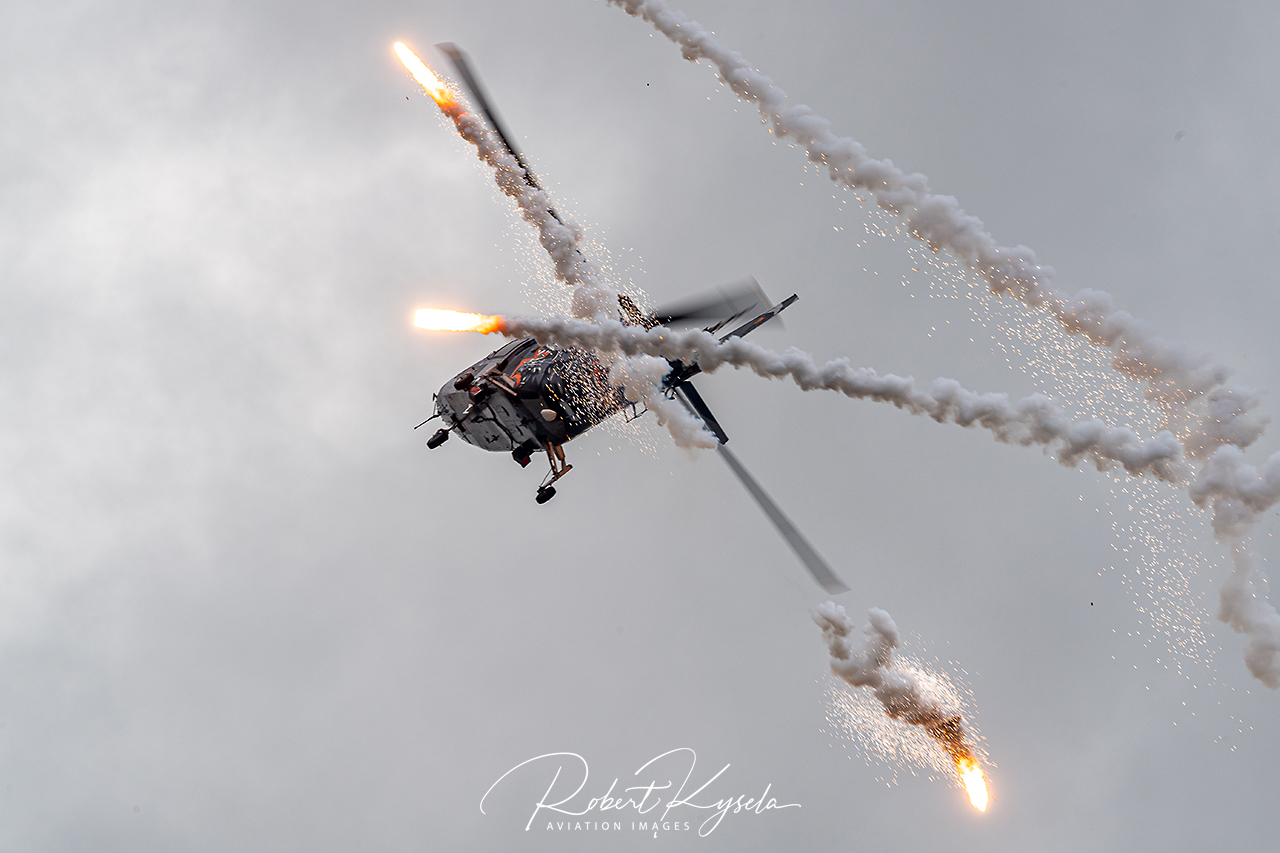
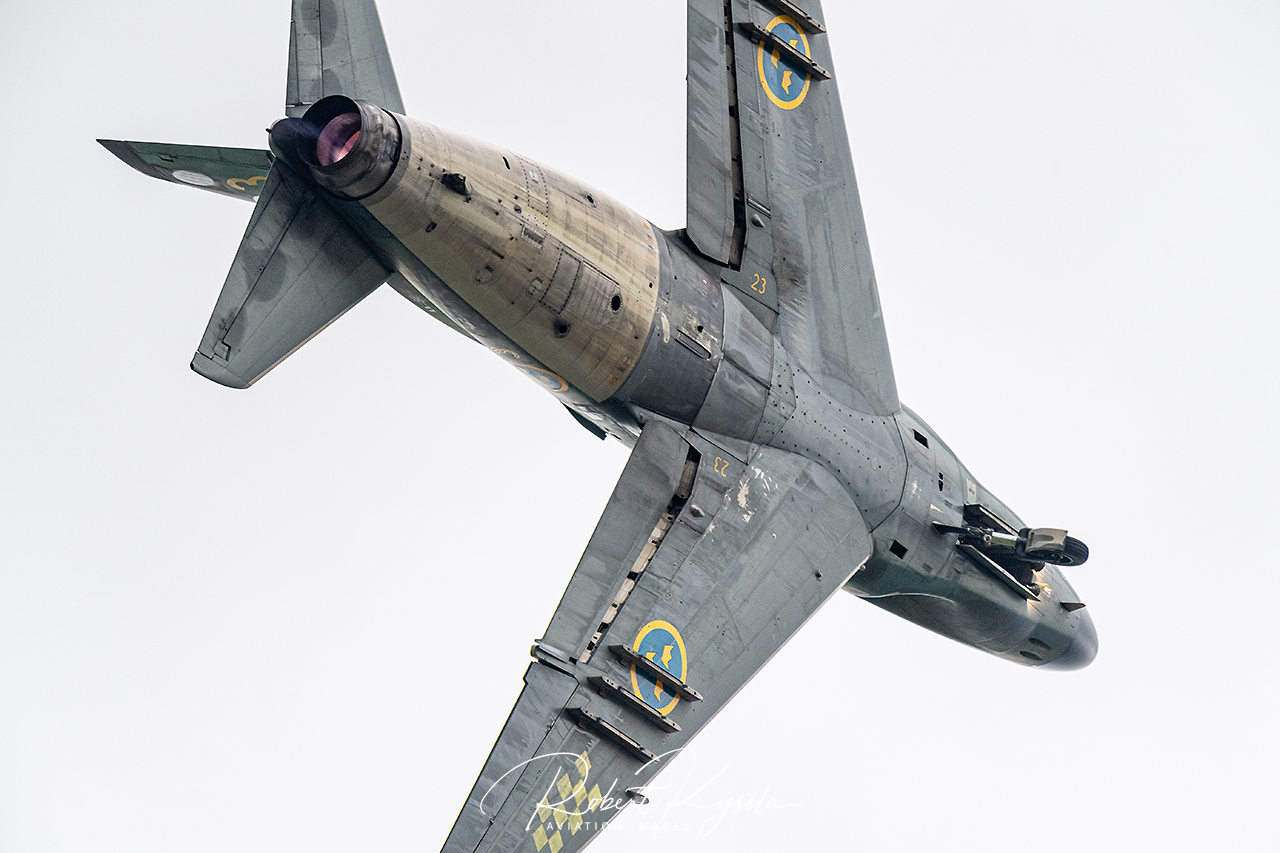
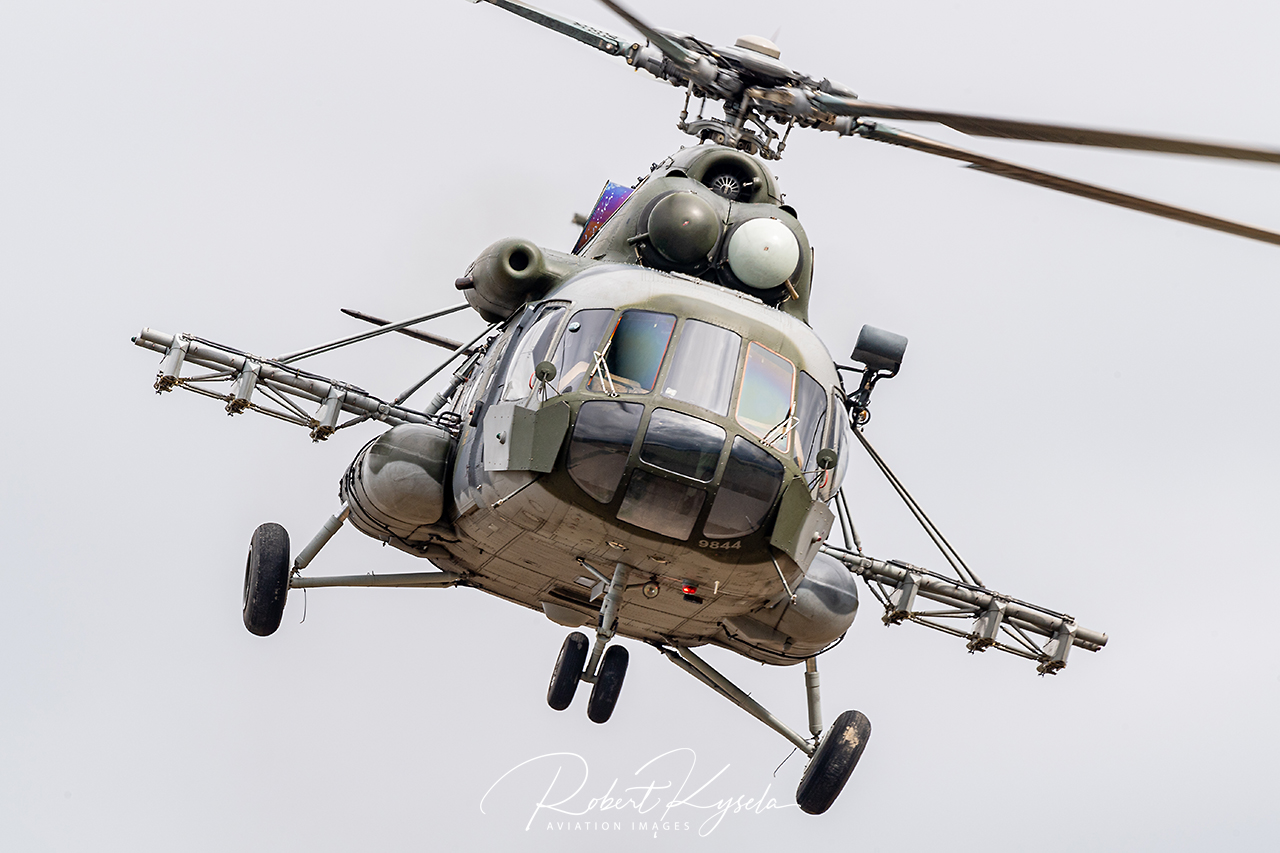
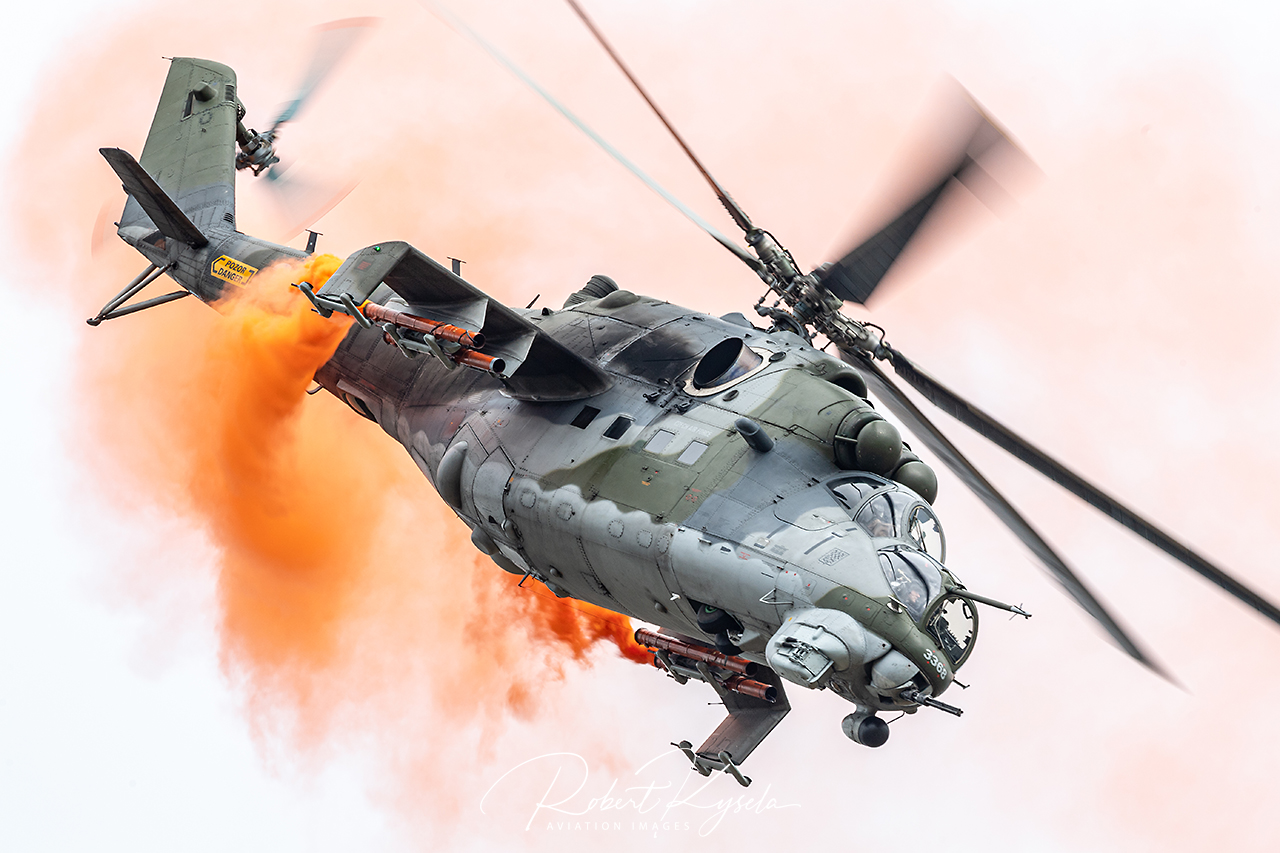
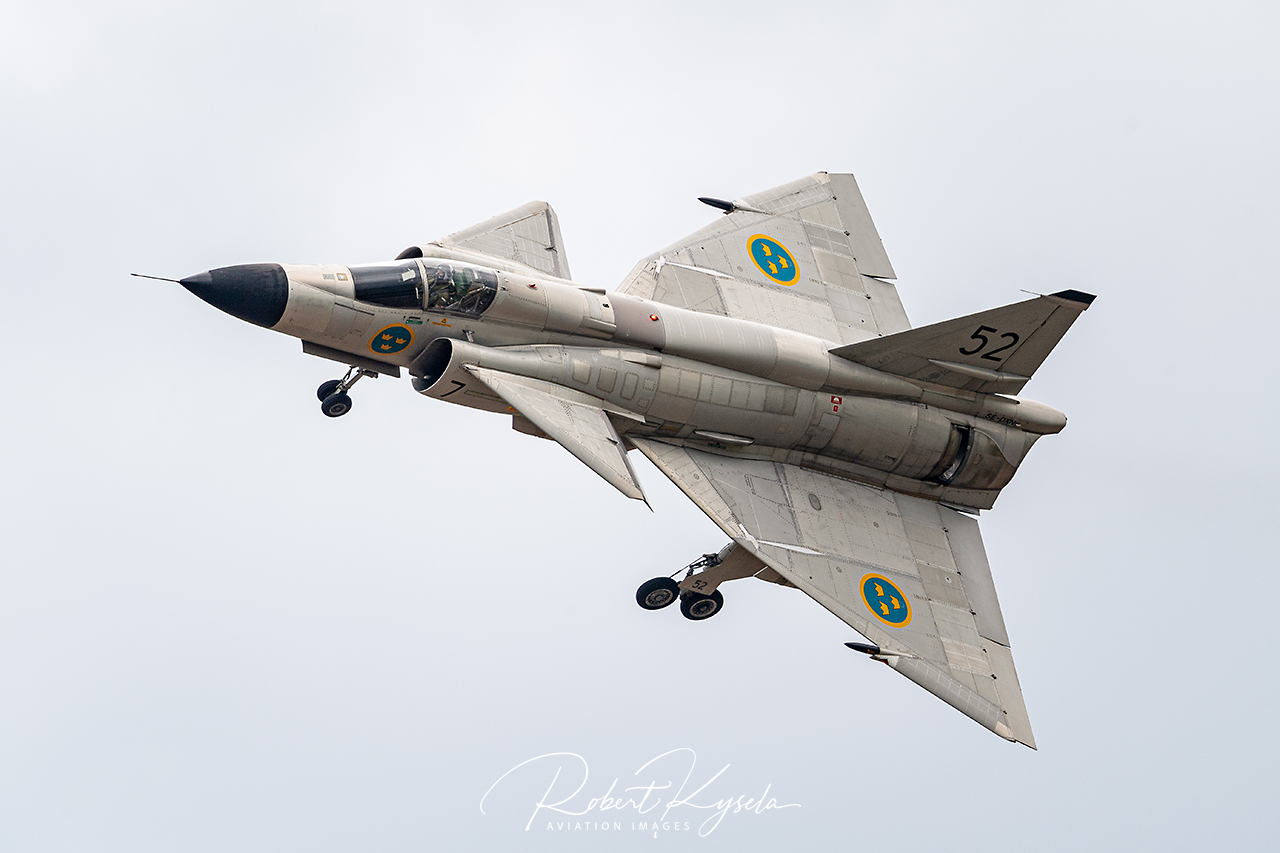
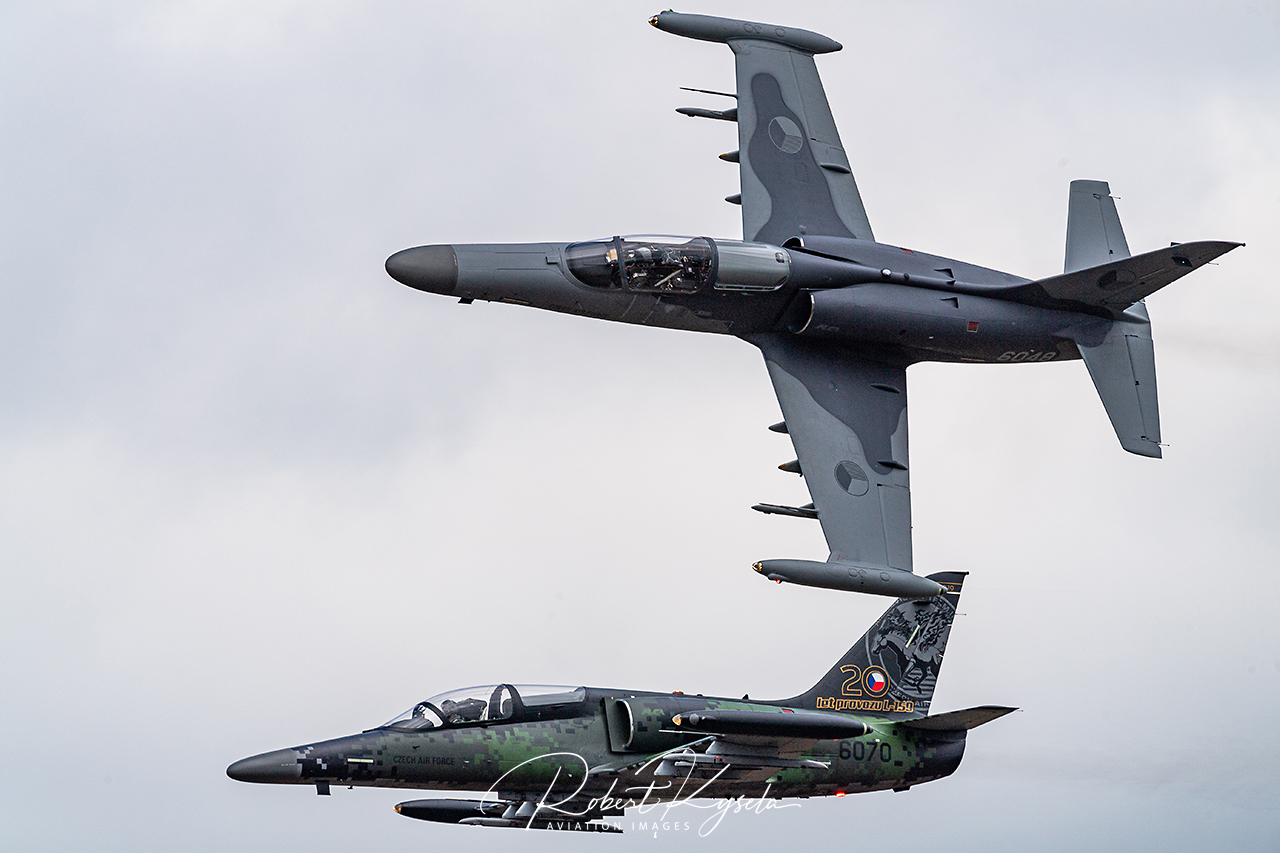
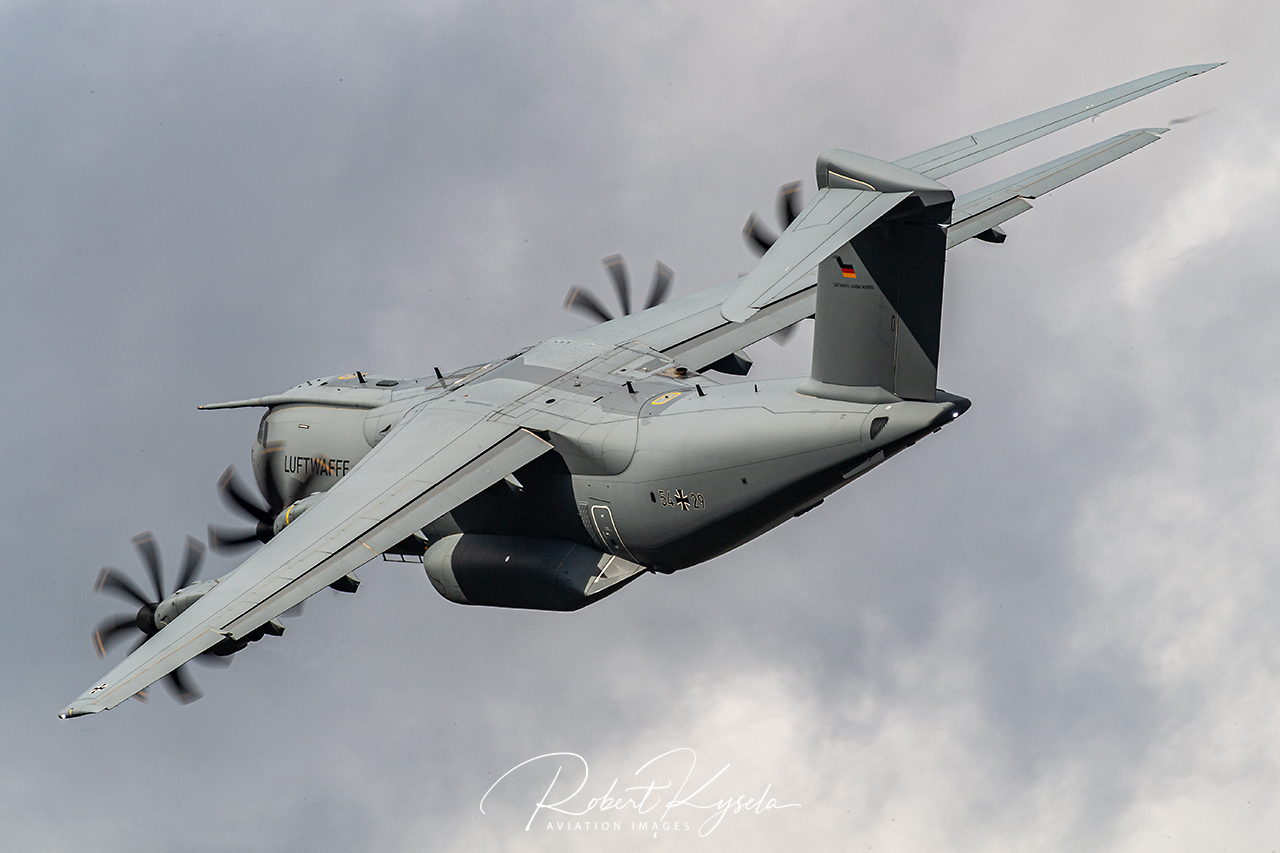
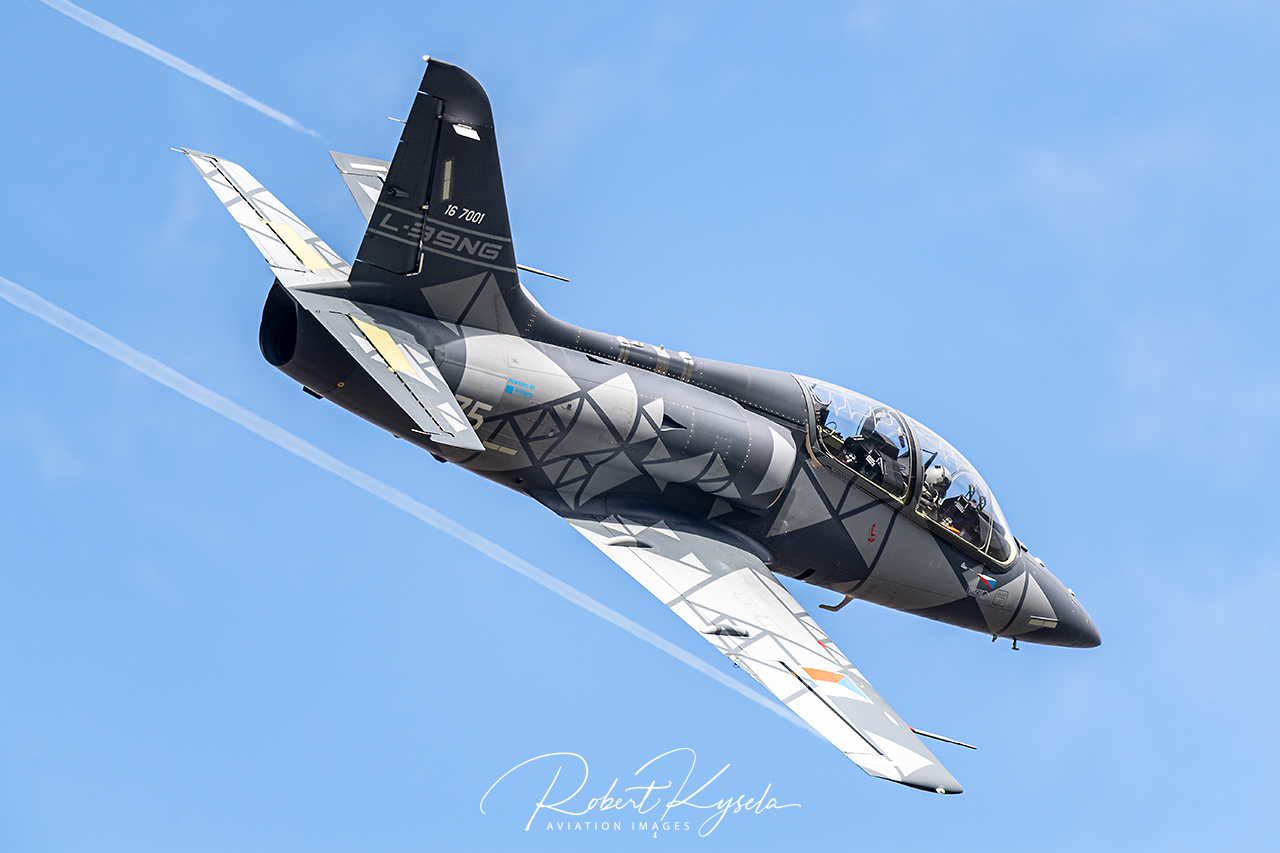
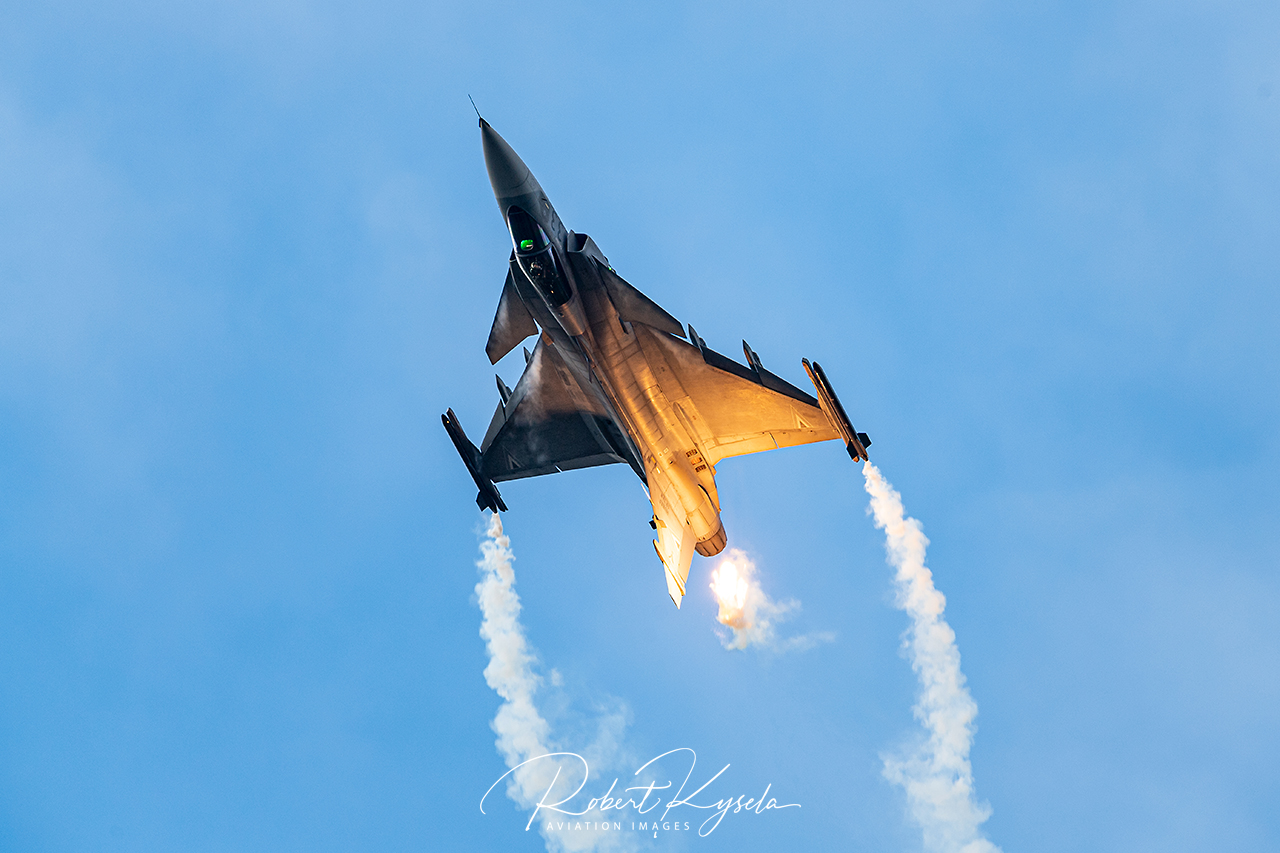
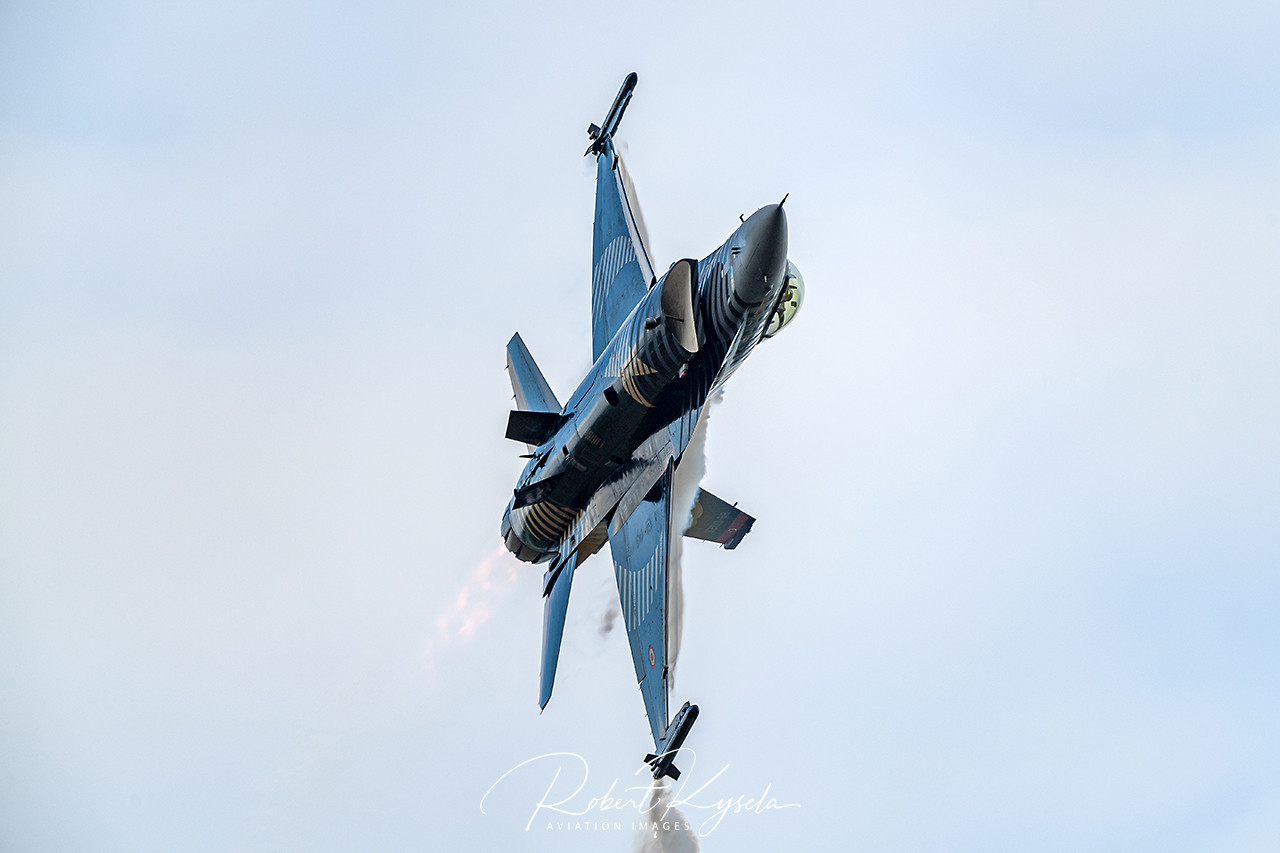
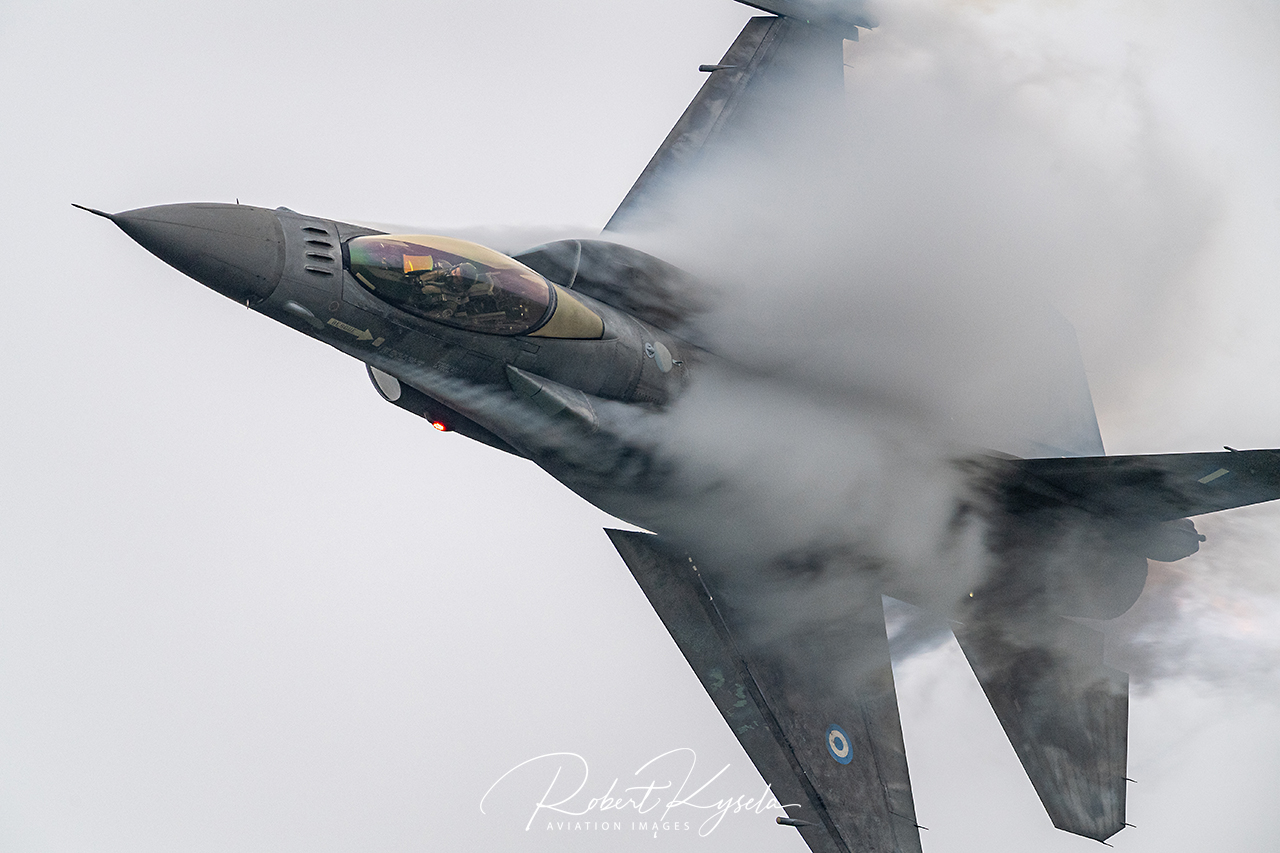
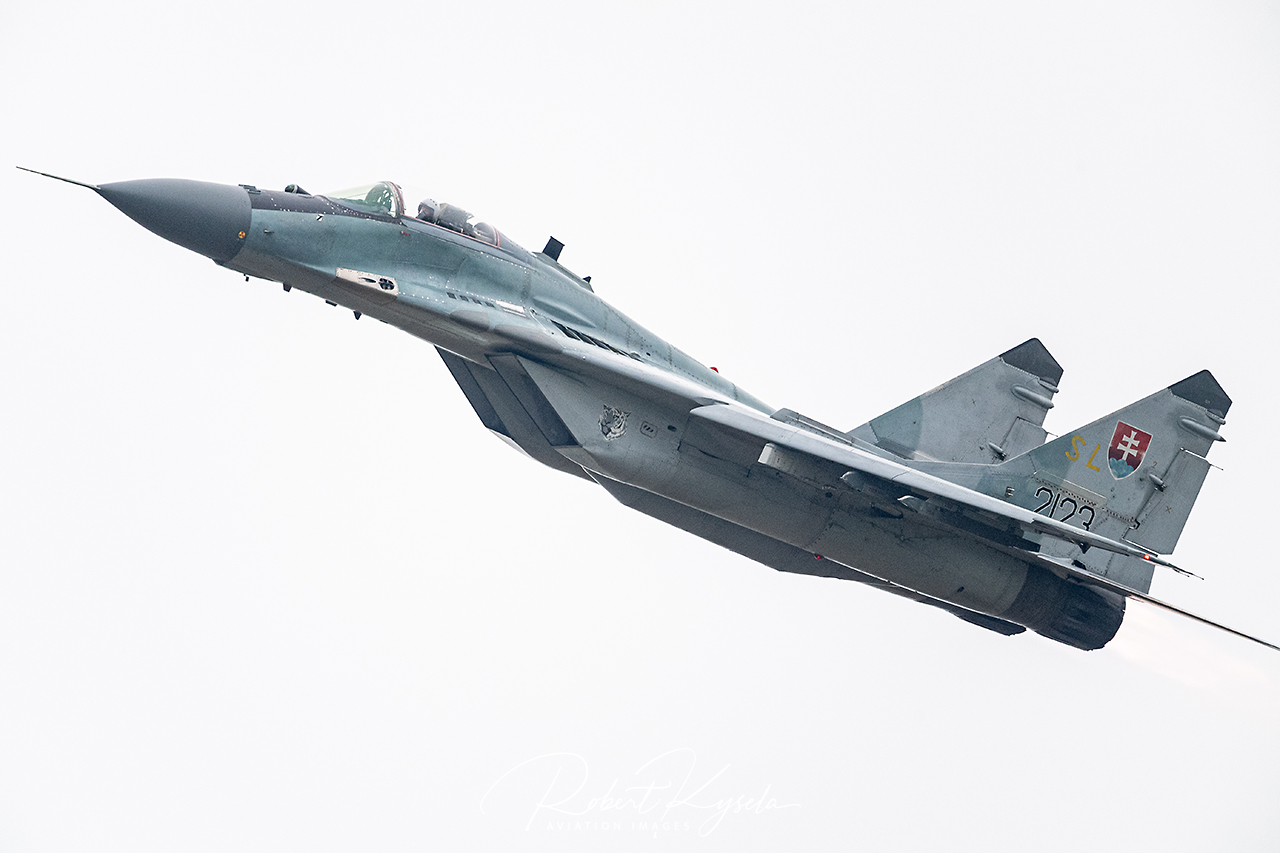
Ostrava is located in the far north-east of the Czech Republic on the border with Poland. The civilian airport, Leoš Janáček Airport Ostrava, in the southern part of the city has been hosting NATO Days since 2001. Initially a regional event, it has since developed into one of the largest events on European soil. The special feature of this event is the variety of demonstrations on the ground as well as in the air. In addition to impressive ground displays of the Czech Armed Forces with battle tanks and equipment (and lots of pyrotechnics), there is a range of operations from the regional fire brigades, police, special units and rescue forces presented in extremely realistic scenarios. The air force demonstrations have evolved from a performance show of the Czech Air Force CzAF (Vzdušné síly Armády České republiky) to an internationally oriented air show that more than lives up to the name: NATO Days. The NATO Days are organised by a civilian non-profit organisation close to NATO called Jagello 2000 Association, which organises the event in cooperation with the Czech Armed Forces, the Moravian-Silesian Fire Brigade, the Czech Police and Rescue Forces and Leoš Janáček Airport
The strong Swedish presence is of course not only a good-will action, but also has to do with the fact that the Czech Air Force is an important customer and brand ambassador for the SAAB consortium
R. Kysela
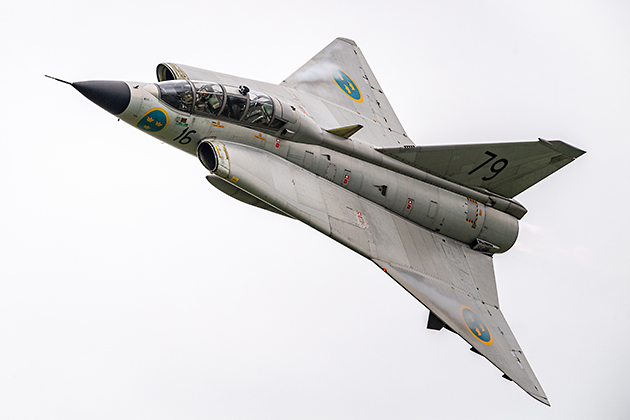
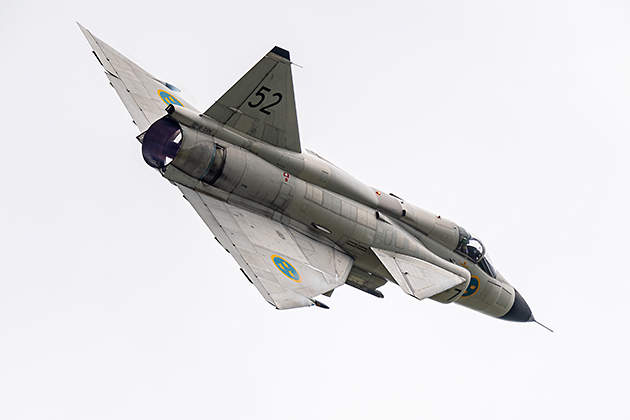
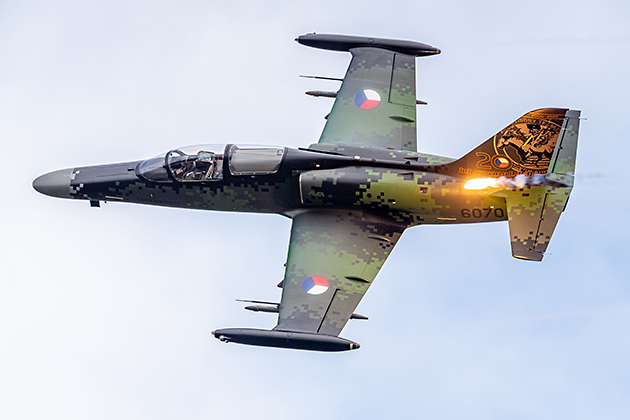
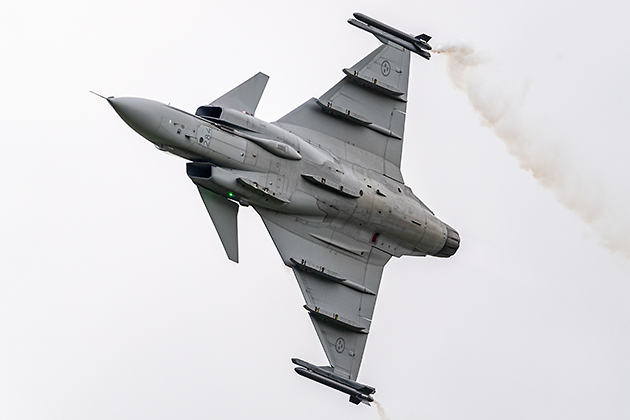
The Czech GRIPEN are all based in Čáslav, where they are attached to the 21st Tactical Air Fleet (21st Základna Taktického Letectva). Also at this airbase are 19 Aero L-159 ALCA (Advanced Light Combat Aircraft) – a modern development of the Aero L-39/59. A major sales success for this light ground combat aircraft/advanced trainer has not yet materialised despite intensive efforts on the Czech side. Aero Vodochody, the official name of the manufacturer, had hoped in recent years that Austria might be able to order a number of used aircraft of this type to replace the SAAB 105OE, which has since been decommissioned. However, this option is off the table again. An unspecified number of L-159s were delivered to the new Iraqi Air Force (originally there was talk of 28 aircraft with an order volume of 770 million euros), where they were mainly used in operations against the Islamic State. The CzAF originally received 72 aircraft of this type, of which only 24 are currently in active service – the rest have been put into storage.
The cockpit is equipped with state-of-the-art avionics (multi-function display; HUD; HOTAS grip & stick; etc.) and is thus optimally equipped for the flight training of future combat pilots of 4th and 5th generation fighter aircraft
R. Kysela
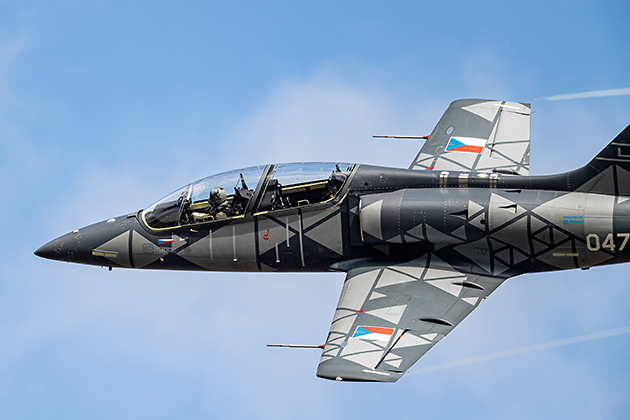
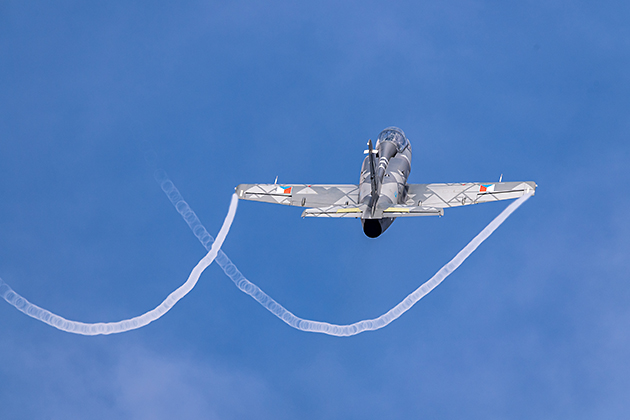
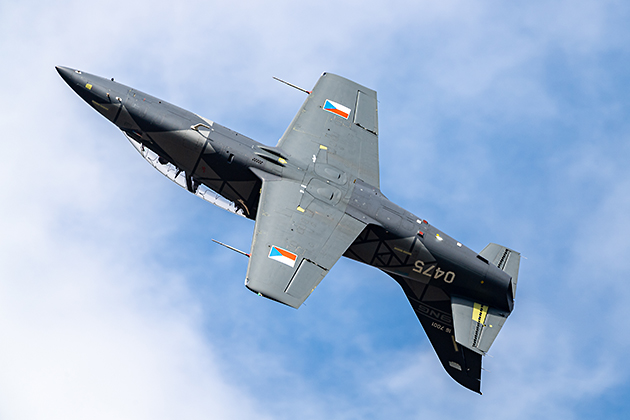
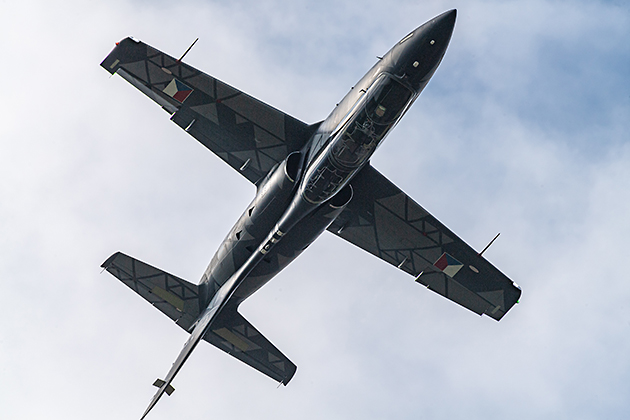
The target group for the sale of the L-39NG is former and existing customers of the L-39 ALBATROS. The launch customer is the Vietnamese Air Force, which ordered 12 aircraft in February this year (delivery is scheduled to begin as early as 2023). The Senegalese Air Force ordered another four aircraft of this type in April 2021. Most likely, Aero Vodochody will not achieve the sales figures of the original version with the NG, but the small trainer from Czech production has the potential to be a major player in this lucrative market. An interesting feature is the fact that older models of the L-39 series can also be converted to the NG version – an alternative to buying a new one. In Ostrava, the 1st prototype, which functions as a technology demonstrator, was shown in the flight programme. Serial number 7001, featuring a very appealing paint scheme performed a very dynamic display showcasing its new, quiet engine. Perhaps a good omen for the future was the fact that it was the only flight demonstration in which the sun came out.
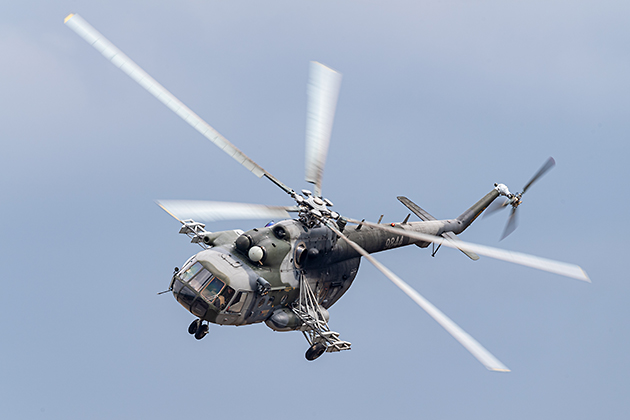
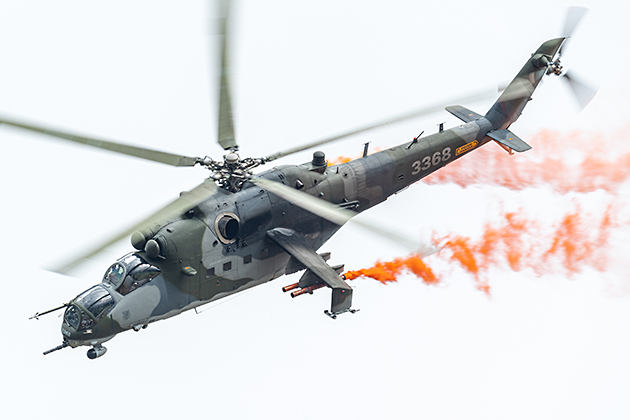
The helicopter demonstrations at the NATO Days were very intensive, especially the tactical scenario with a Mil Mi-171Sh and a Mil Mi-24V. Visually, the Mi-171 still corresponds to the well-known Mi-8 (NATO code: HIP), but in fact it is a modern helicopter equipped with colour multifunction displays, integrated NVG system (Night Vision Goggles), laser navigation system and an efficient self-defence system called AMPS (Airborne Missile Protection System). A distinctive external feature is the attached Kevlar plate protection, which is intended to minimise the danger to the crew from ground fire. The Mi-171Sh is an export version of the Ulan-Ude-built Mi-8AMTSh and is in service with the CzAF, Croatia, Bangladesh, Ghana and Peru. It is powered by two Klimov TV3-117VM turbines, each with an output of 1,641kW. This enables this helicopter to carry up to 4000 kg of payload at a speed of 250km/h over a distance of almost 600 km (without additional tanks). In total, the CzAF has 15 aircraft of this type, all of which are based in Náměšť (this is also the home base of the Mil Mi-24V of the 221st Combat Helicopter Squadron).
The Super Puma Display Team consists of five experienced operational pilots and flight instructors.
R. Kysela
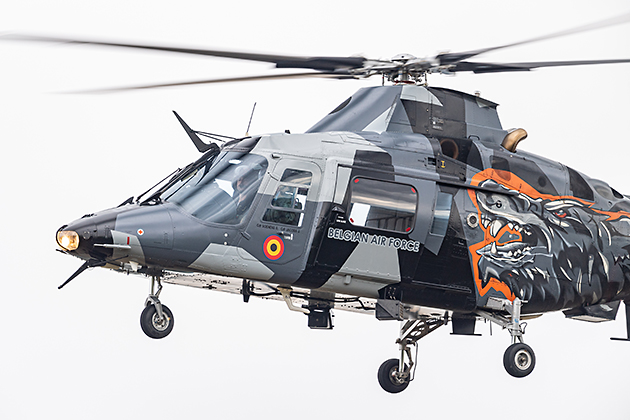
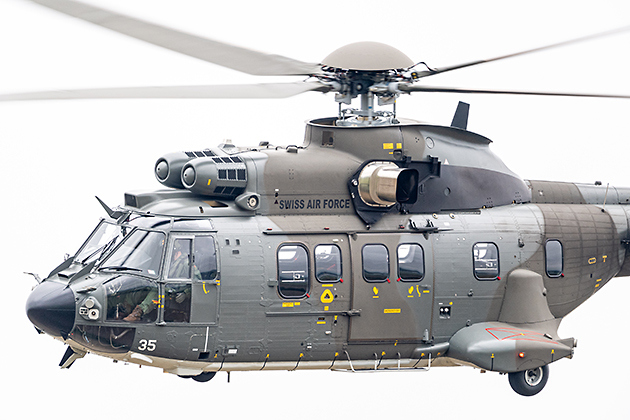
International helicopter displays came from the Belgium and Switzerland. While the Agusta Westland A109 of the Belgian Air Component from Beauvechain had a spectacular special livery, it was the Swiss Air Force that caused the most joy among photographers with its Aerospatiale AS-332 SUPER PUMA. Switzerland owns 15 Aérospatiale AS 332 M1 SUPER PUMA as well as 10 Eurocopter AS 532 UL COUGAR Mk1, which are called Transport Helicopter 06 (TH06). These were procured in the late 1980s (from 1987 – 1989) and have provided invaluable service to Switzerland to date. The Super Puma Display Team consists of five experienced operational pilots and flight instructors. The team is led by OLT Jan “Schwiiz” Schweizer. Due to its size, the Super Puma may not be the optimal aircraft for flight demonstrations, but the Swiss pilots know how to present this aircraft in an extremely dynamic way. It gets really spectacular when a whole volley of flares is fired out at the end of the routine.
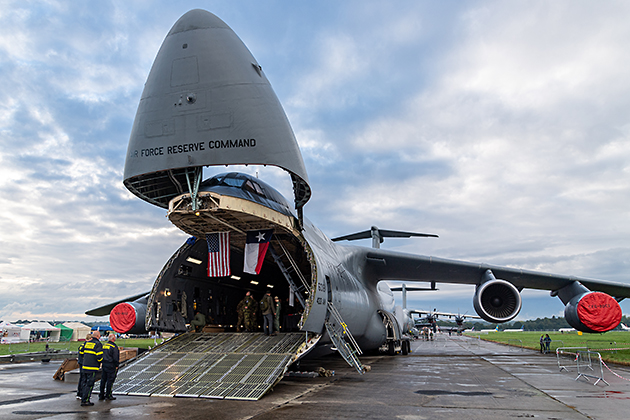
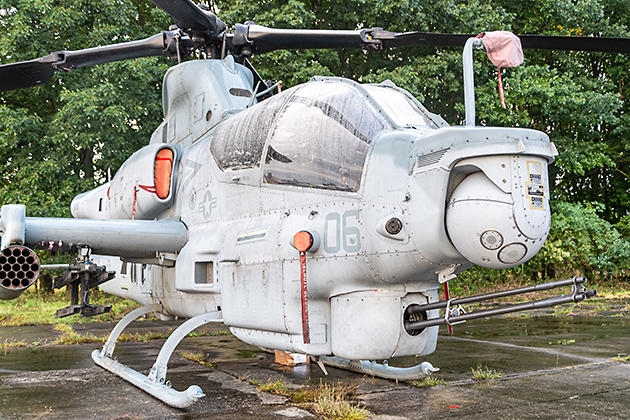
Numerous aircraft and helicopters were also present in the static display. Very interesting was a size comparison between a Lockheed C-5M SUPER GALAXY and the Airbus A-400M of LTG 62, which was parked directly behind the huge SUPER GALAXY. Behind the A-400M was a Boeing CV-22B OSPREY and behind that a Lockheed Martin F-35 LIGHTNING of the Aeronautica Militare, 32° Stormo “Armando Boetto” / 13° Gruppo. Among the helicopters, a Bell AH-1Z VIPER and a Bell UH-1Y VENOM of the US MARINE CORPS were particularly noteworthy – two aircraft not often seen in our latitudes. However, this will soon change. Both types are to replace the Mil Mi-171 and Mil Mi-24 in the Czech Republic from 2023! Currently, there are four orders for the VIPER and eight orders for the VENOM. Both aircraft use a majority of the same components (the manufacturer speaks of up to 85% analogue components), which is an invaluable advantage for spare parts supply and overall maintenance. Even though both aircraft are still based on the airframe of the UH-1 series, they are modern helicopters equipped with state-of-the-art engine technology and avionics. Visually, the AH-1Z and UH-1Y differ from their predecessors (the UH-1N IROQUOIS and AH-1W SUPER COBRA) in that they use four-blade instead of two-blade rotors in both the main and tail rotor sections. Both models are powered by 2 x General Electric T700-GE-401C turbines with a take-off power of 1,800 WPS each!
However, this has resulted in a situation known as the "capability gap", which is due to the fact that the A-400M is not really suitable for various tasks.
R. Kysela
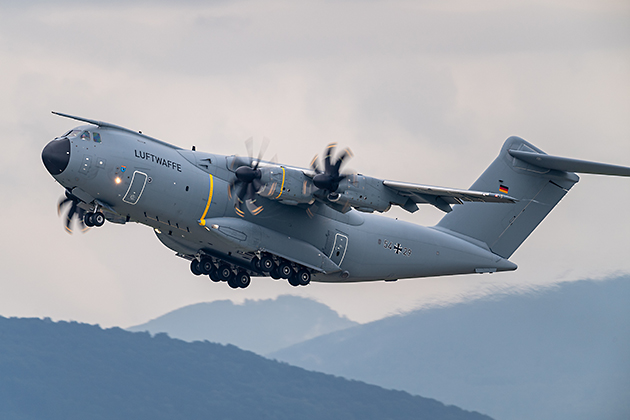
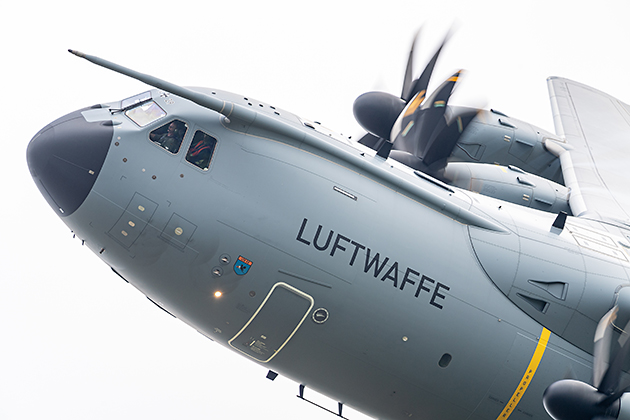
One of the highlights at this year’s NATO Days was a magnificent display of a German Air Force Airbus A-400M. With very few exceptions (ILA, Bundeswehr Day), Luftwaffe aircraft have only been seen in the static over the past 15 years. That’s why it was all the more interesting to see the demonstration of an aircraft of the air transport wing LTG 62 from Wunsdorf. Germany currently has 35 aircraft of this type in service, with another 18 in the pipeline for delivery by 2026. The Airbus A-400M is a tactical and strategic transporter which, for the first time in its history, provides the German Armed Forces with an adequate air transport capacity for their tasks. Until now, the German Air Force only had twin-engine Transall C-160D transport aircraft, all of which were decommissioned this year. However, this has resulted in a situation known as the “capability gap”, which is due to the fact that the A-400M is not really suitable for various tasks. Particularly in the tactical area for missions on small and unpaved runways as well as in the area of special forces operations, this aircraft with a maximum take-off weight of 141 t and a cargo volume of 340 m3 is simply oversized. For this reason, the Federal Ministry of Defence in Berlin has decided to procure six Lockheed Martin C-130J SUPER HERCULES, the first aircraft with the designation 55+01 is currently undergoing flight tests at Lockheed Martin in Marietta, USA. All six C-130Js will be stationed in Evreux, France – a whole 450 km as the crow flies from the German border. A decision that aroused great incomprehension among many Germans, especially since numerous bases in Germany are falling victim to the red pencil.
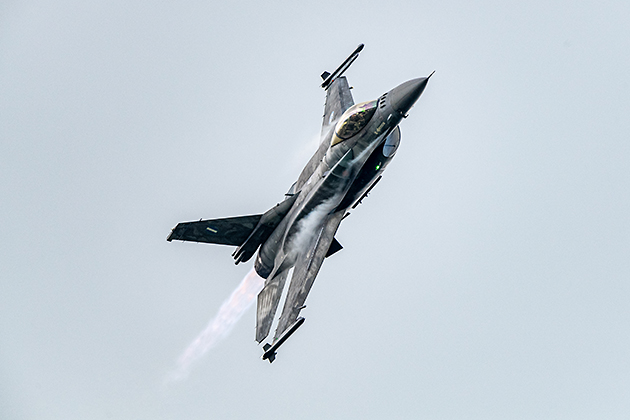
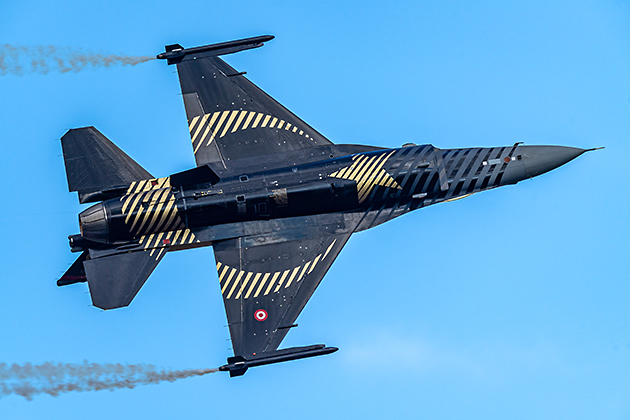
VERDICT: The NATO Days in Ostrava were once again a great event with countless highlights on the ground and in the flight programme. Unfortunately, there were two drawbacks for the spectators, especially for numerous photographers: if you want to take pictures of the flight demonstrations, you have to go outside the airfield to the southern area (otherwise you will have backlighting all day). There, however, you can only follow the spectacular ground displays acoustically. The second disadvantage was once again the weather. The NATO Days always take place in the second half of September, so a sunny and warm weekend is sometimes the exception in the region. Of course, there is no guarantee that the sun will always shine the week before, but maybe the organisers should think about bringing the event forward by at least one week in the future! The numerous spectators (according to official figures, almost 60,000 visitors attended NATO Days 2021) will appreciate it!
Robert Kysela / CHK6

